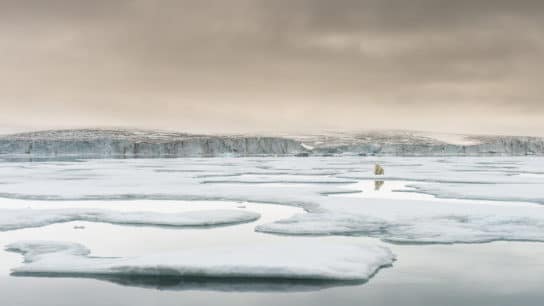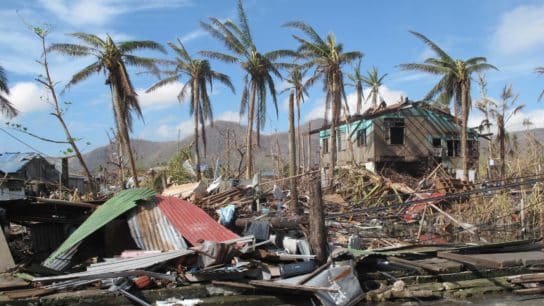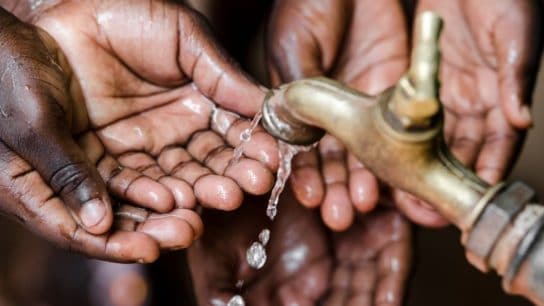Last year’s catastrophic floods, record-low river water levels, and massive loss of ice are emblematic of the huge threat the planet’s water systems are facing, the UN agency said on Monday.
—
The planet’s water resources are under enormous strain from climate change, as demonstrated by the many hydrological anomalies recorded worldwide last year, a United Nations agency said on Monday.
From prolonged droughts to deadly floods and record glacial melting, 2023 was undoubtedly a bad year for water systems and resources, according to the World Meteorological Organization’s (WMO) latest State of Global Water Resources report.
Last year, the hottest on record globally, was also the driest year for rivers in 33 years, with exceptional drought conditions affecting large territories of North, Central, and South America. The Mississippi – North America’s longest river – and the Amazon River – the world’s largest river by discharge volume of water – both recorded record-low water levels.
The droughts, among the worst experienced in both regions, led to significant disruptions of commercial activities, such as shipping and farming. Nearly half a million Indigenous people relying on the Amazon for food, power, and transportation, were affected by the event, which is still ongoing. Described as the worst the basin has ever experienced, scientists found that the Amazon drought was mainly driven by climate change.
Argentina experienced a 3% loss in GDP due to widespread drought conditions, which also affected the southern US, Central America, Uruguay, Peru and Brazil, according to the report.
Climate change also affected glaciers, which last year suffered the largest mass loss in the last five decades. More than 600 gigatons (Gt) of water were lost across all glaciated regions of the world, the second consecutive year that such a widespread melting is recorded. Rapid ice loss is threatening coastal communities around the world with sea level rise, which risks displacing over 410 million people by the end of the century.
2023 was also a year of catastrophic, deadly floods. Africa bore the most brunt, with floods in the Horn of Africa, the Democratic Republic of the Congo, Rwanda, Mozambique, and Malawi killing over 1,600 people. In September, climate change-driven torrential rains led to the collapse of two dams in Libya. The event claimed over 11,000 lives and affected 22% of the population.
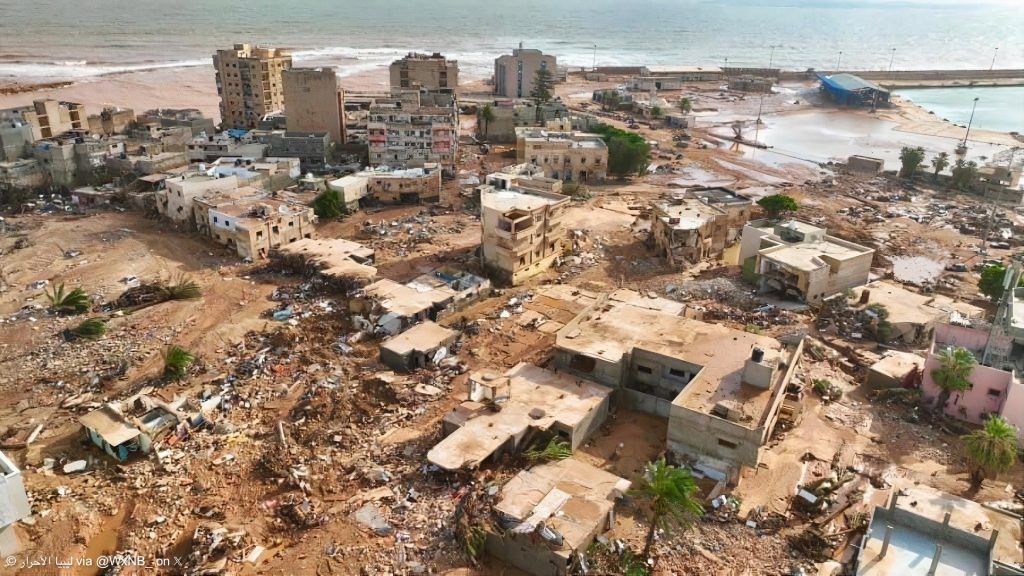
Elsewhere in the world, including in New Zealand, China, and the Philippines, tropical cyclones and typhoons unleashed to major flooding, which killed hundreds and led to billions of dollars in damage.
Intense rainfall in the first half of May, nearly eight times the climatological monthly average, flooded an area of more than 500 square kilometers in Italy’s northern region of Emilia-Romagna. 23 rivers overflowed, forcing more than 23,000 people to evacuate and leading to an estimated US$8.6-9.75 billion in economic losses and some $1.62 billion in agricultural damage. According to the WMO report, despite 15 casualties, early warning systems in place in the region were effective in mobilizing the population and authorities some 24 hours before the catastrophic events unfolded.
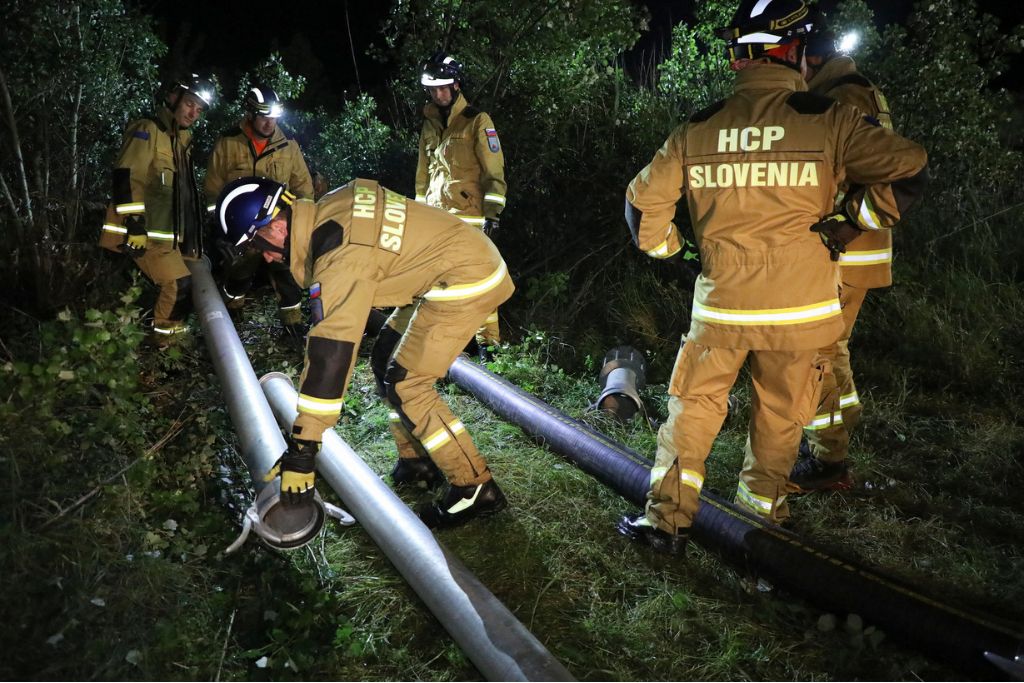
But not enough is being done and huge investments in more efficient warning systems, defense mechanisms and adaptation measures are urgently needed as the impacts of climate change worsen. At the same time, the UN agency said more resources should go into protecting and restoring the planet’s freshwater ecosystems, which are our best defense against the unfolding climate crisis and play a crucial role in ensuring food and water security and reversing nature loss.
As WMO’s Secretary-General Celeste Saulo put it: “Water is the canary in the coalmine of climate change.” Without constant “monitoring, data-sharing, cross-border collaboration and assessments,” water systems become a force of destruction capable of disrupting billions of lives and affecting entire ecosystems crucial for all forms of life on the planet.
Featured image: UN Women Asia and the Pacific/Flickr.
This story is funded by readers like you
Our non-profit newsroom provides climate coverage free of charge and advertising. Your one-off or monthly donations play a crucial role in supporting our operations, expanding our reach, and maintaining our editorial independence.
About EO | Mission Statement | Impact & Reach | Write for us






